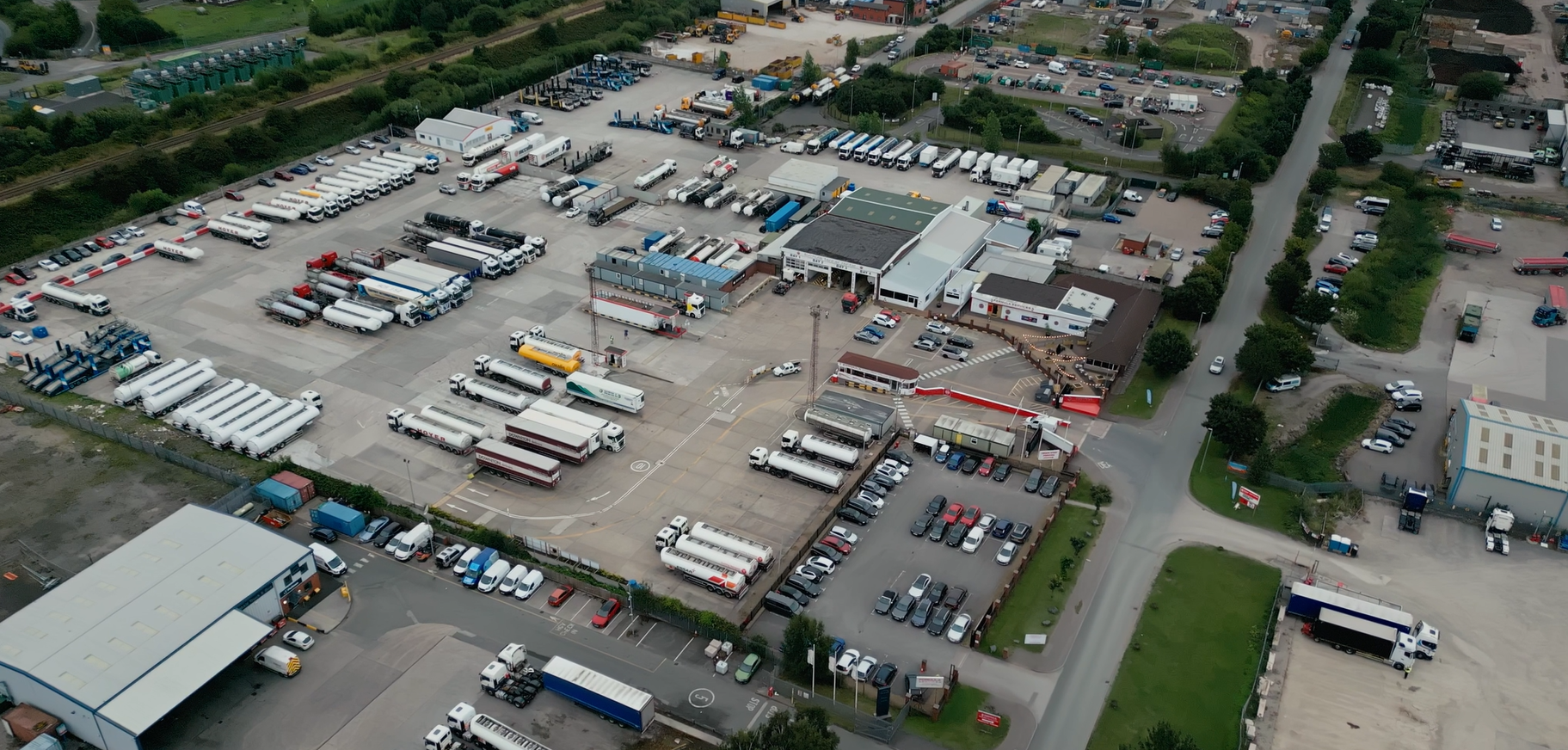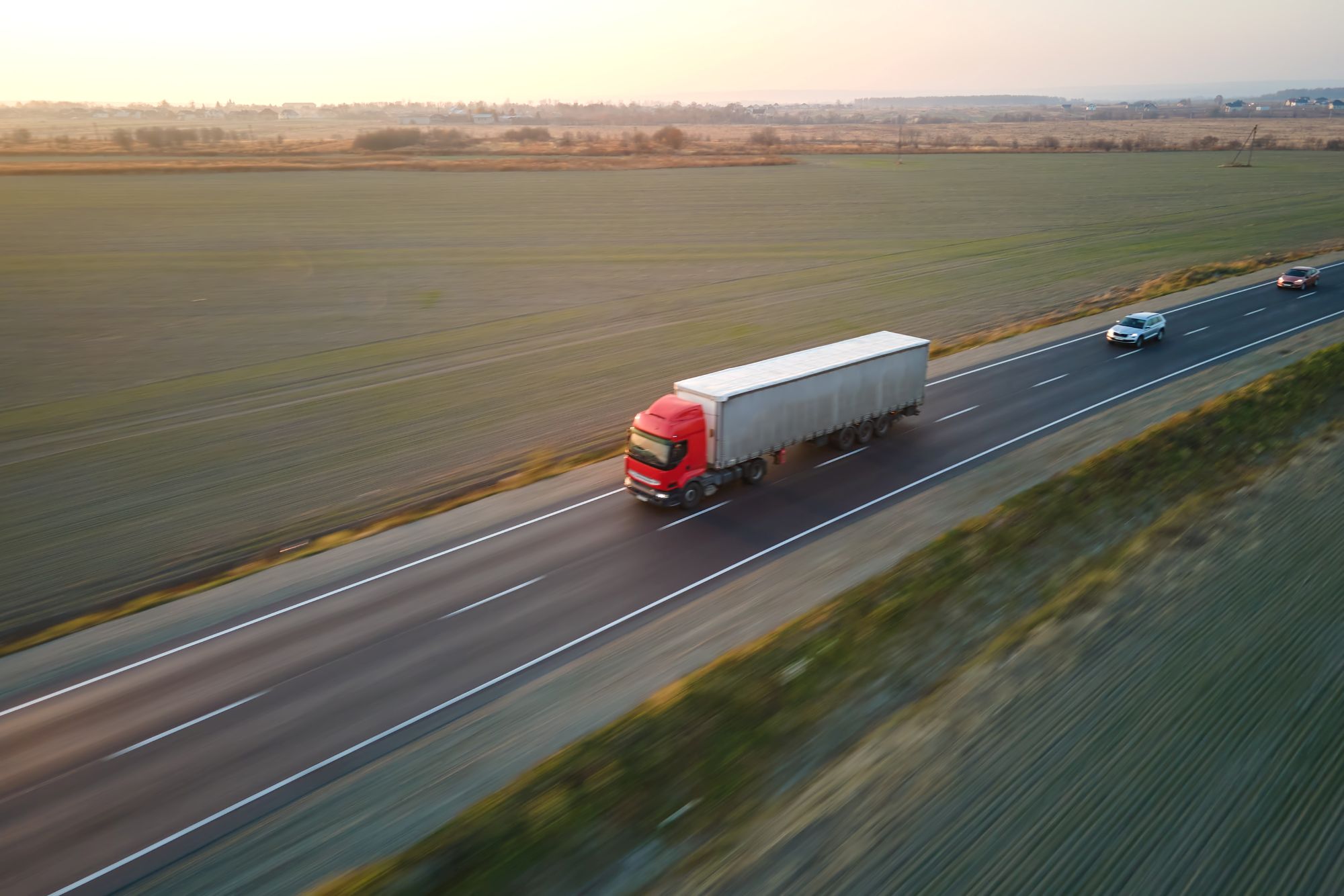
Miranda Blake
Попереду 2025 рік: Які тенденції в галузі вантажних автомобілів слід очікувати
Створено: 02.01.2025
•
Оновлено: 02.01.2025
Від загального незадоволення водіїв до нещодавніх змін у КТК і затримок у роботі [системи в'їзду/виїзду з ЄС] (https://snapacc.com/newsroom/everything-you-need-to-know-about-the-eu-entryexit-system/) - 2024 рік був бурхливим для логістичної галузі. І на горизонті 2025 року багато чого очікується - тут ми досліджуємо тенденції, які, як очікується, формуватимуть сектор.
Використання всіх переваг штучного інтелекту
Очікується, що автоматизація відіграватиме ключову роль у наступному році. Розвиватимуться технології автономних транспортних засобів, системи управління транспортом та електронні пристрої реєстрації, що призведе до більш широкого впровадження та значних змін у галузі.
Крім того, очікується збільшення використання ШІ для оптимізації маршрутів, прогнозованого технічного обслуговування та управління автопарком. Це призведе до кращих результатів, таких як підвищення операційної ефективності та зниження витрат. Інтернет речей (IoT) і машинне навчання будуть особливо цінними, оскільки їх можна буде використовувати для прогнозування несправностей обладнання, що дозволить скоротити час простою.
Аналогічним чином, телематика буде обмінюватися цінними даними в режимі реального часу, пов'язаними з роботою транспортного засобу, поведінкою водія і статусом вантажу, що сприятиме підвищенню безпеки і дотриманню правил.
Подолання гендерного розриву та нестачі водіїв
Залучення більшої кількості жінок-далекобійниць - це спосіб вирішити проблему [нестачі водіїв] (https://snapacc.com/newsroom/hgv-drivers-challenge-the-term-driver-shortage/). Роботодавці можуть запропонувати ширший спектр ролей, запровадити навчальні програми та політику, які б приносили користь жінкам, а також зробити робоче середовище більш інклюзивним. Щодо останнього, ідеї включають наставництво або схеми роботи, які краще підходять для життя далекобійників (наприклад, денні зміни та кругові маршрути, щоб підтримати тих, хто має сімейні обов'язки).
Однак обговорення на [сторінці SNAP у Facebook] (https://www.facebook.com/snapaccount) показало, що змін потребують як водії-чоловіки, так і жінки. Хоча деякі з них зазначили, що певні речі можуть бути кращими для жінок (наприклад, одна з них зауважила, що 90% депо не мають санітарних контейнерів), було багато коментарів щодо загального пакету для працівників та зручностей на стоянках вантажівок:
"Чоловіки потребують кращої підтримки у догляді за дітьми. Якби вони це робили, то не змушували б жінок бути "витоком" робочої сили, коли йдеться про хворобу чи пріоритети їхніх дітей. Умови в дитячих садках шокують обидві статі ".
"Покращіть умови для ВСІХ водіїв, і ви побачите, що в галузь прийде більше людей, як чоловіків, так і жінок ".
Отже, компаніям варто подумати над тим, як залучити й утримати всю свою робочу силу. Вони можуть запропонувати кращу компенсацію, умови праці та можливості для розвитку. Крім того, вони можуть впроваджувати навчання, щоб гарантувати, що люди матимуть усі необхідні навички - як зараз, так і в майбутньому.

Сприяння екологізації промисловості
Іншим ключовим напрямком буде [сталий розвиток] (https://snapacc.com/newsroom/the-road-to-sustainability-the-european-emissions-challenge-within-the-transport-sector/) - особливо через дедалі суворіше екологічне законодавство, рух до чистого нуля та стрімке зростання цін на паливо.
Транспортні засоби на альтернативних видах палива не виправдали очікувань у 2024 році, тому очікується, що, хоча інновації в цій галузі все ще відбуватимуться, відбудеться більший зсув у бік зосередження уваги на тому, як автопарки можуть підвищити операційну ефективність (наприклад, за рахунок використання технологій, даних і штучного інтелекту для зменшення втрат часу). Компанії також прагнутимуть будувати більш екологічні ланцюги поставок, працюючи з більш екологічними постачальниками та перевізниками.
Так само зростає перехід на електричні вантажівки - цього року на автостоянках вантажівок з'явиться більше зарядних пунктів для електромобілів. Однак автотранспортні компанії стикаються з такими бар'єрами, як значні авансові витрати та недостатня кількість зарядної інфраструктури.
Збільшення міжміських перевезень
Нарешті, прогнозується різке зростання обсягів повітряних і морських перевезень, що матиме зворотний вплив на галузь вантажоперевезень. Це лише посилюється тим, що глобальні ланцюги поставок стають все більш взаємопов'язаними.
Як наслідок, збільшиться обсяг міжміських перевезень, що робить ще більш важливим, щоб водії мали достатню перерву на безпечних зупинках для вантажівок. І саме тут може допомогти [SNAP] (https://snapacc.com/).
Наш додаток для вантажівок має понад 800 сайтів, доступних по всій Європі, в тому числі в Австрії, Болгарії, Чехії, Греції, Угорщині, Італії та Румунії. Ми допомагаємо спростити управління автопарком і гарантуємо, що як оператори, так і далекобійники зможуть дотримуватися Директиви про робочий час водіїв у 2025 році й надалі.
Щоб дізнатися більше, зв'яжіться з нашою командою за телефоном +44 (0)1603 777242.



